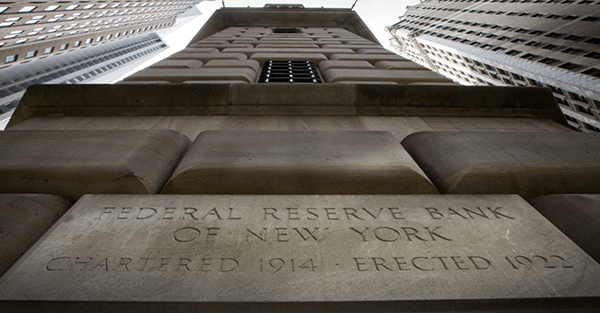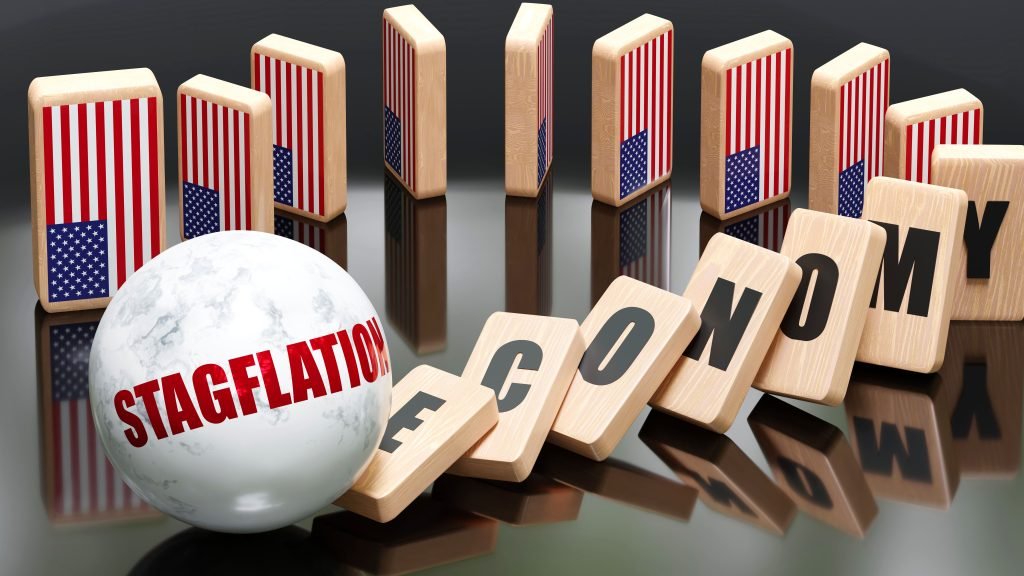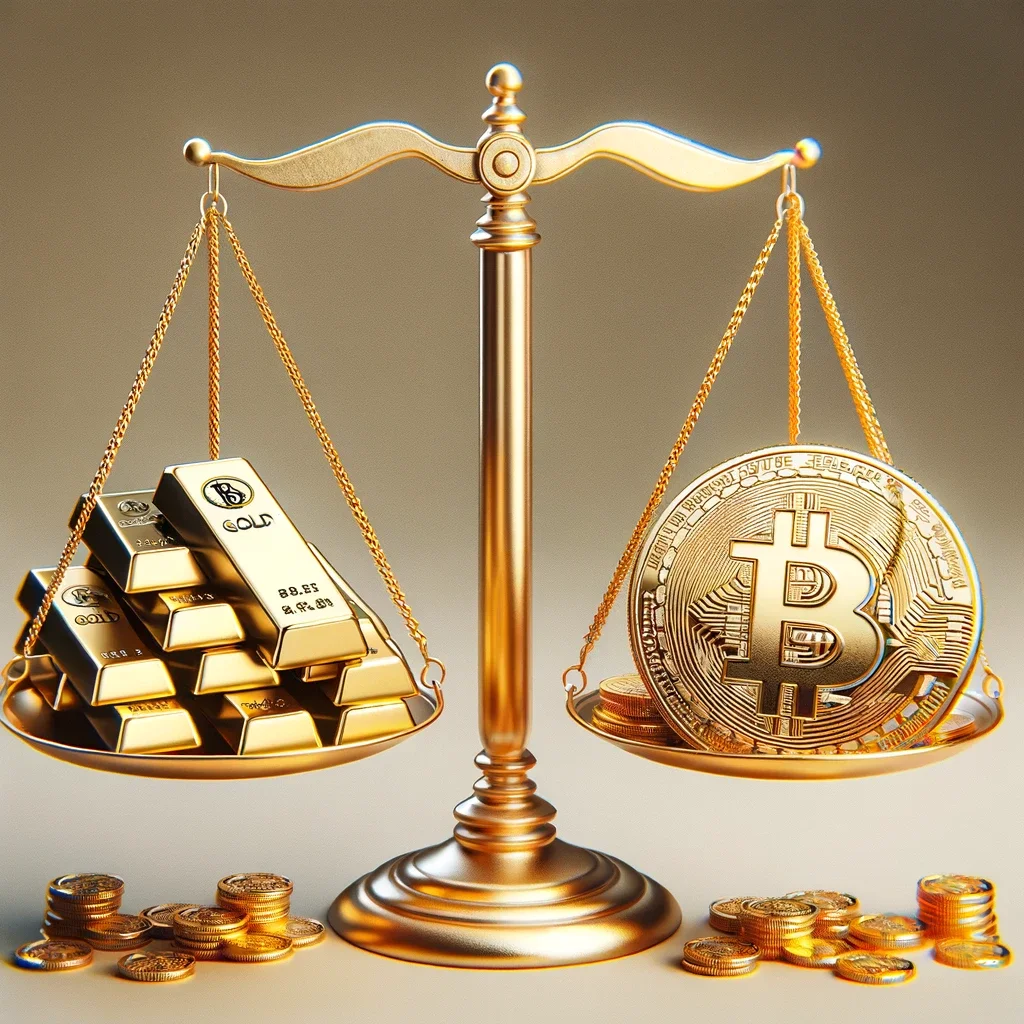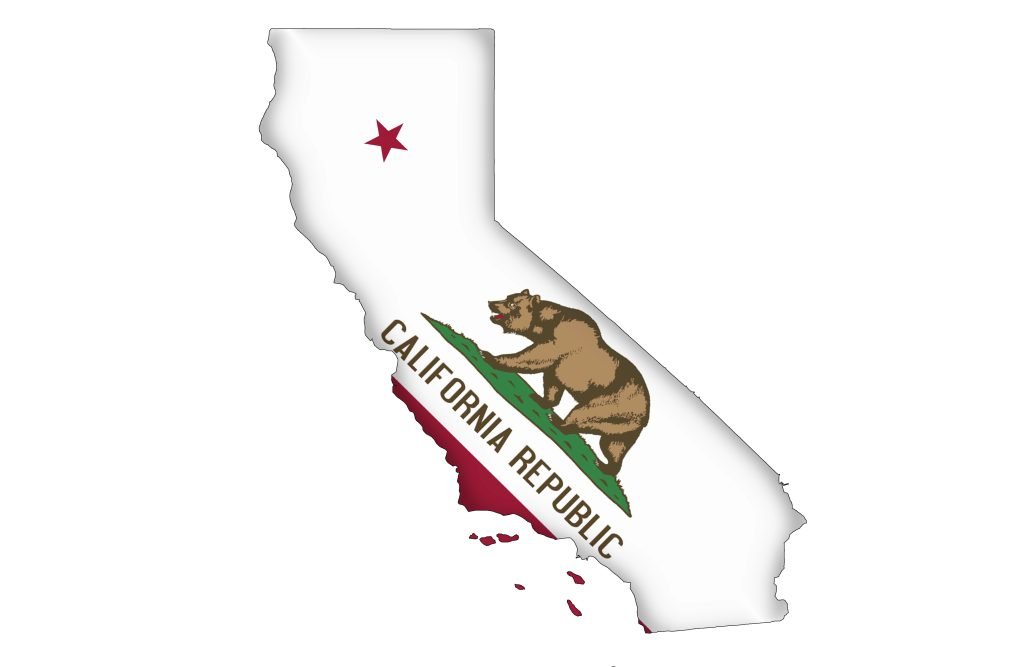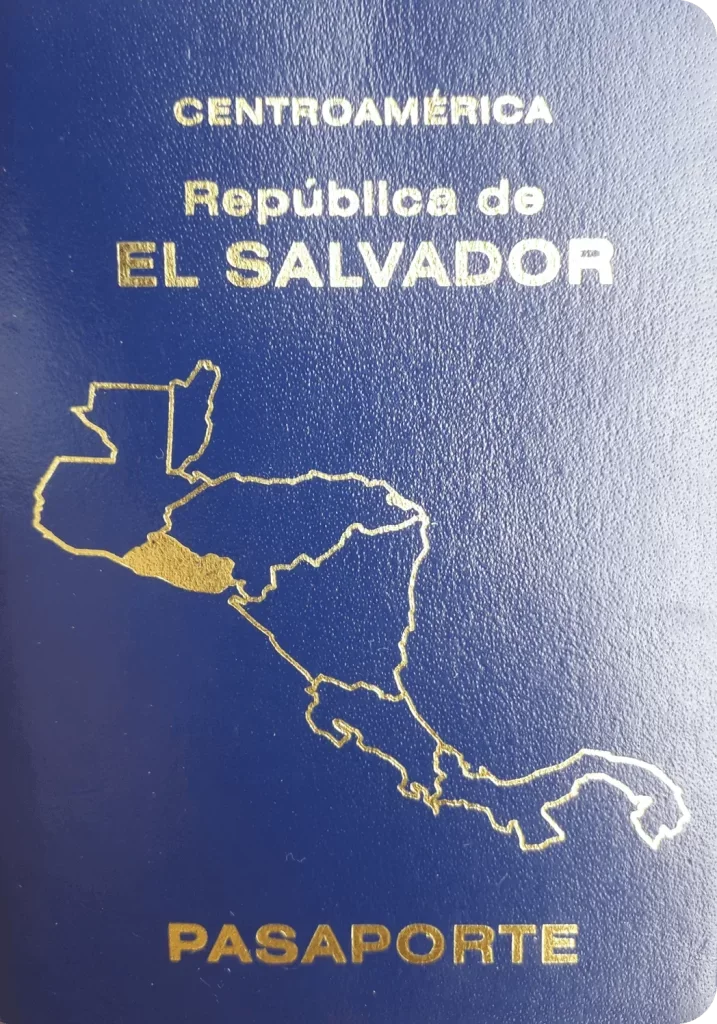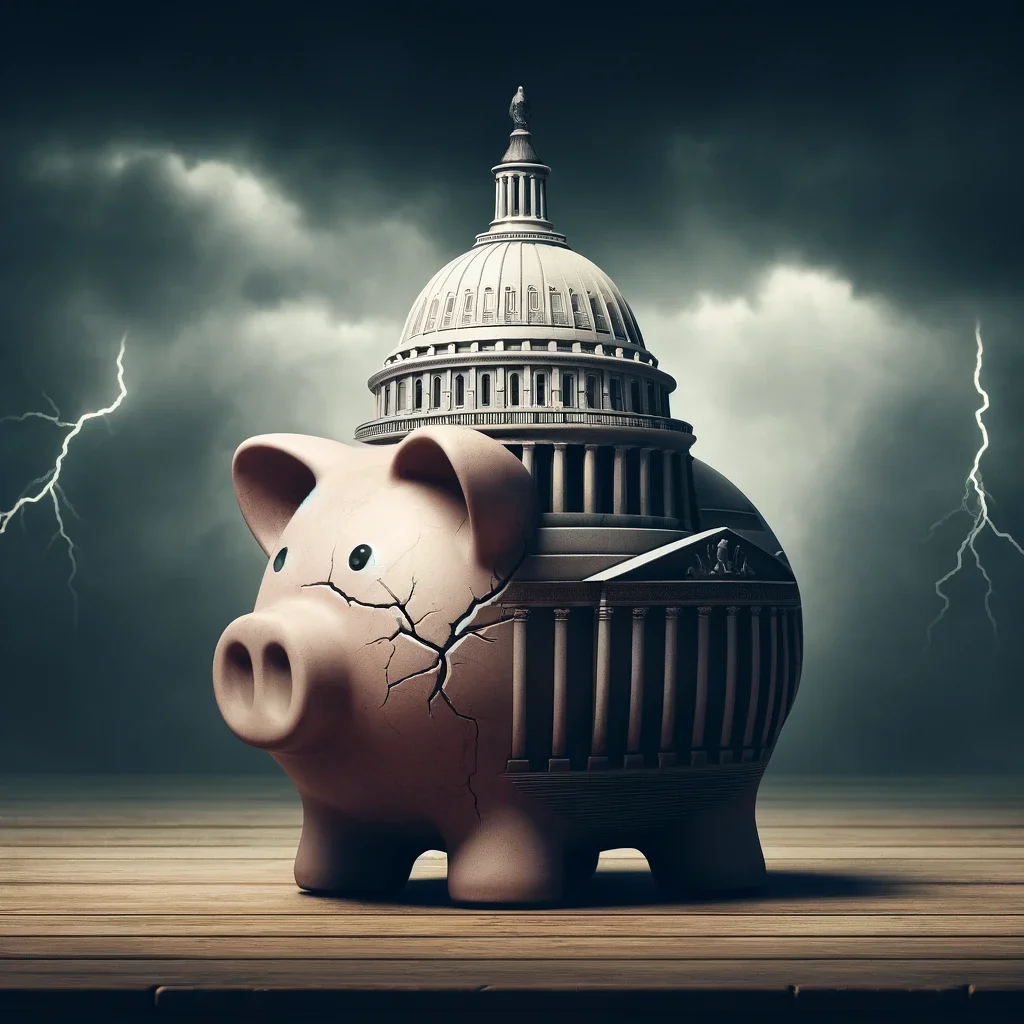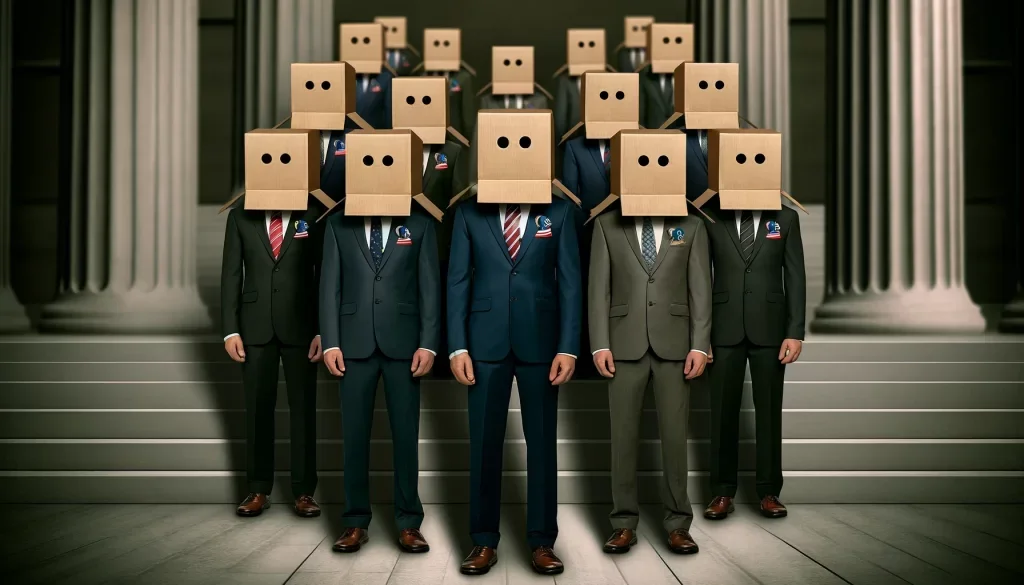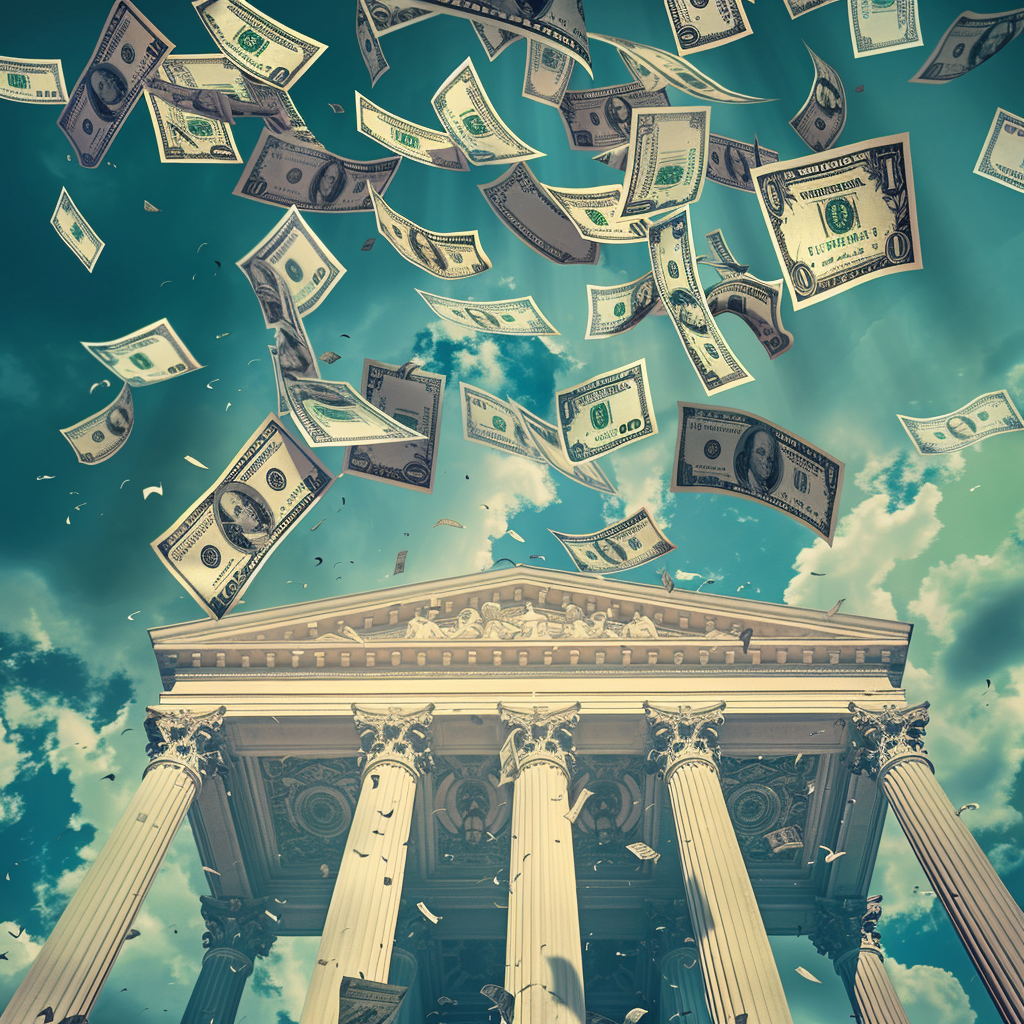September 15, 2015
Cauquenes, Chile
Seven years ago on September 15, 2008, one of the oldest investment banks in America filed for bankruptcy.
Lehman Brothers had been started a family of German entrepreneurs who had recently emigrated to the United States in the mid-1800s.
They started as just a simple general store in Montgomery, Alabama, but in time grew to become one of the dominant cotton traders in the country… and eventually one of the largest financial firms in the world.
Lehman Brothers grew so large that when they went bust seven years ago, they nearly dragged down the entire financial system with them.
And that’s when the Federal Reserve and the US government stepped in with trillion dollar taxpayer-funded bailouts, interest rate cuts, and quantitative easing.
Back then it was a different world.
The US government’s total debt was ‘only’ $9.6 trillion. Today it’s over $18 trillion… and once they raise the debt ceiling (which is inevitable) the debt will rise overnight to over $19 trillion– twice as much in seven years.
The Fed in 2008 was also quite different.
The entirety of its balance sheet was just $924 billion. And the total of its reserves and capital amounted to $40 billion, roughly 4.3% of its total assets.
Today the Fed’s balance sheet has ballooned to $4.5 trillion, nearly 5x as large. Yet its total capital has collapsed to just 1.3% of total assets. And falling.
This is a hugely important figure– think of it like the Fed’s “net worth”.
The Fed, just like anyone else, needs to have a positive net worth, i.e. the value of the Fed’s assets needs to exceed their liabilities.
In the Fed’s case, its liabilities are all the trillions of dollars in currency units that they’ve created, known as ‘Federal Reserve Notes’.
And its assets are things like US government bonds.
Over the last several years during its multiple quantitative easing programs, the Fed has essentially created trillions of Federal Reserve Notes (i.e. ‘money’) and used those funds to buy US government bonds.
In conjuring all that new money out of thin air, they created about $3.5 trillion worth of liabilities, which were offset by the $3.5 trillion worth of bonds they purchased.
In total, the Fed’s “net worth” hardly budged. And as a percentage of their total assets, their net worth really tanked.
This is known as leverage. And by any definition, the Fed is highly, dangerously leveraged.
In fact, when Lehman Brothers went under in 2008, its total capital was 3% of its balance sheet. The Fed’s is less than half of that.
Now, today the Fed is meeting to discuss the question– to raise, or not to raise interest rates?
And when I looked at the numbers, I realized something interesting is about to happen.
The universal law of bond markets is quite simple: bond prices and interest rates move inversely to one another.
In other words, when interest rates go up, bond prices go down.
Think about it like this: let’s say the prevailing interest rate in the marketplace is 5%, and I have a bond that pays 5%.
Right now if I wanted to sell it, my bond is worth $100.
But then tomorrow morning the Fed decides to raise interest rates from 5% to 10%. Yet my bond still pays 5%. Is it still worth $100?
No chance! Why would anyone pay me the same price for a 5% bond, when now they can go down the street and get 10%?
The only way I can sell my bond is if I drastically slash the price.
That’s what happens when interest rates go up– the value of existing bonds goes down.
Now think about the Fed. They’re sitting on $4.5 TRILLION worth of existing bonds, most of which they purchased when interest rates were basically zero.
So what happens if the Fed raises rates? The market value of their entire bond portfolio will fall.
And given the razor-thin capital the Fed has in reserve, they can only afford a tiny 1.3% loss on their bond portfolio before they too become insolvent.
So the grand irony of today’s Fed meeting is that by raising interest rates, the Federal Reserve will be creating its own insolvency.
And that, ladies and gentlemen, pretty much sums up the absurdity of our financial system.
With a balance sheet so over-leveraged, the Fed effectively has no policy tools left to fight a major crisis.
They have no room to lower interest rates (they’re already at zero!) and if they raise interest rates, the Fed becomes insolvent.
It’s amazing.
And what’s even more amazing is that the US is being viewed as the ‘safe haven’ right now.
In many instances the dollar has hit ALL-TIME highs against other currencies in this misguided view that the US is the safe place to be right now.
The actual data, on the other hand, tells a completely different story.
The US isn’t the safe haven. The Fed isn’t the safe haven.
But looking around the world, Japan isn’t a safe haven either.
China sure as hell isn’t a safe haven. Europe isn’t a safe haven. And even Switzerland has negative interest rates.
We may be approaching a bifurcation point very rapidly where if the world realizes that the US dollar is in the same boat, there will be absolutely no safety anywhere in the traditional financial system.
